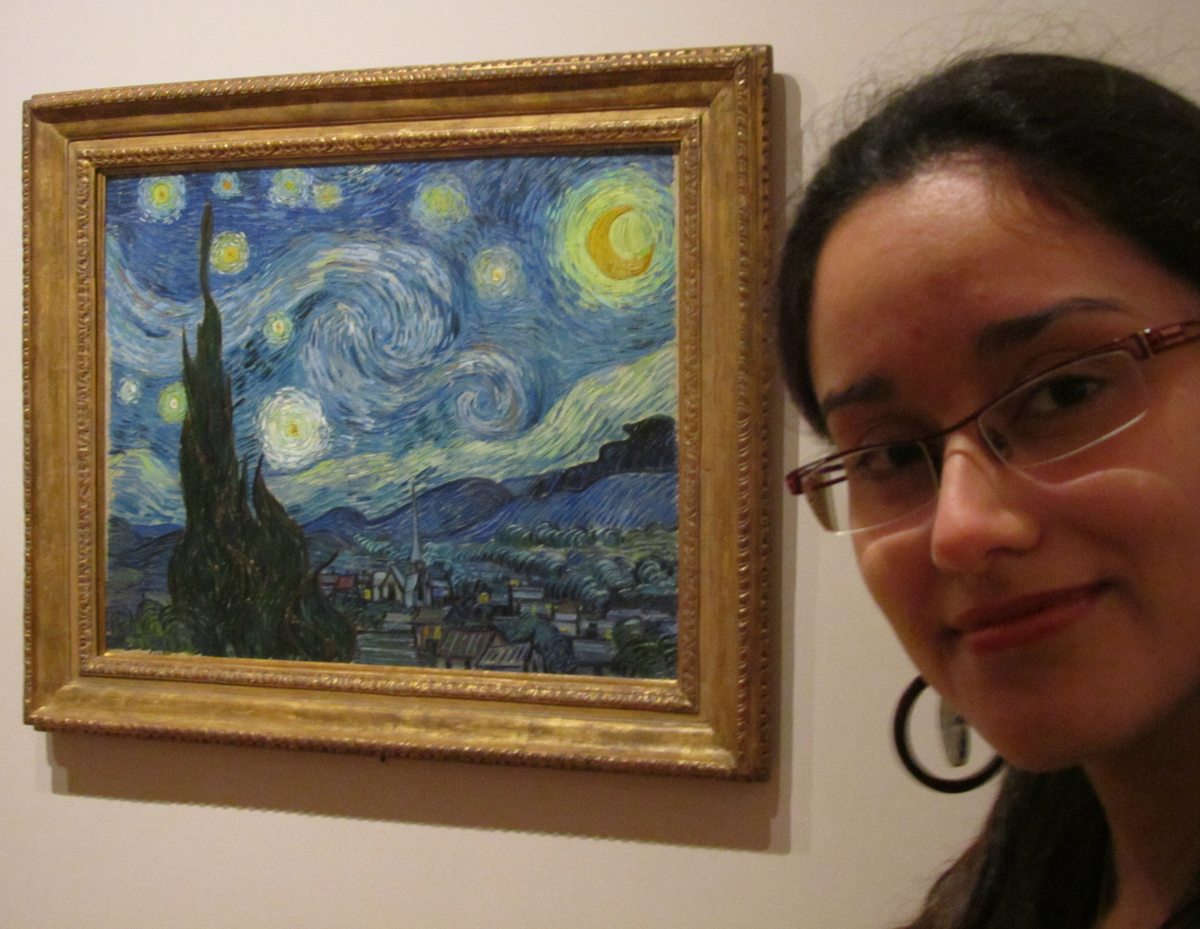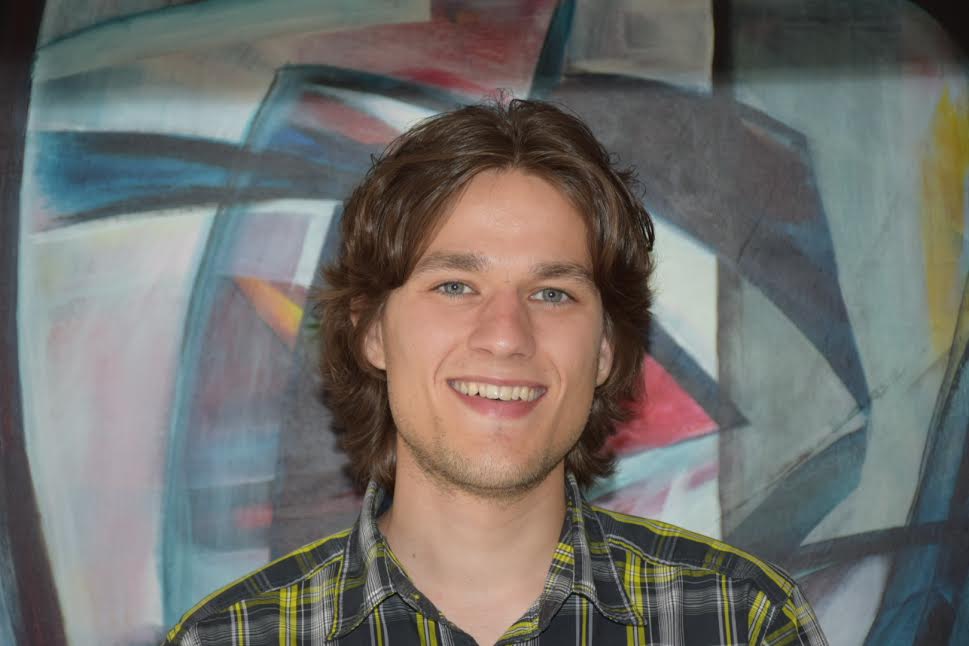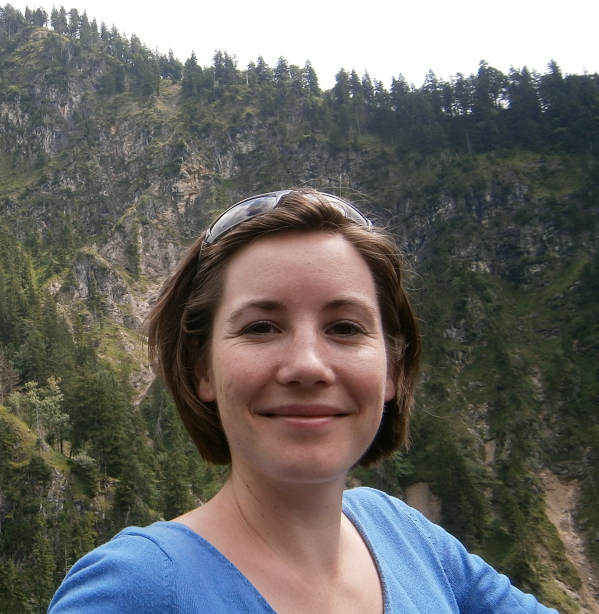
PhD: Pontificia Universidad Católica de Chile (2015)
Research Area: high-redshift Universe, galaxy formation models, submillimeter galaxies, Lyman alpha emitters
Publications: ADS
Telephone: (+56 32) 299 8307
email: alejandra.munozar at uv.cl
About my Research: I aim to improve our understanding about galaxy formation and evolution processes. To achieve this, I explore different wavelength regimes in galaxy spectra, using galaxy formation models and observations. Using a statistical approach, I am currently probing the far infrared to millimeter radiation in galaxies, making predictions for the observed abundance of submillimeter galaxies as well as several galaxy properties. In this spirit, I am also interested in studying the Lyman alpha emission of galaxies at high redshift.

PhD: Universidad de Concepción, Chile (2010), Université Paris Sud-XI, France (2012)
Research Area: Galaxy evolution and star formation across cosmic time.
Publications: ADS (refereed)
Telephone:
email: rleiton at gmail.com
About my research: I am mainly interested in the mechanisms of how stars are formed in galaxies at different epochs of the Universe. Some galaxies transform gas into stars on a very long time scale (the so called "main-sequence" galaxies), while other may show shorter episodes of star formation ("starburst" galaxies). I use observations from different instruments (including ALMA, VLT and Magellan) to study the physical mechanisms behind the main sequence/starburst scenario. I am also interested in the study of supernova remnants, the protection of dark skies in astronomical sites by reducing light pollution, and the popularization of astronomy and science in general.

PhD: University of Leuven, BE (2015)
Research Area: Hot subdwarfs, Binary interaction physics, Binary evolution..
Publications: ADS (full) - ADS (refereed)
Telephone: (+56 32) 299 5557
email: joris.vos at uv.cl
About my research: My main research topics are hot subdwarf binaries and the binary interaction processes that form them. These hot subdwarfs are core helium burning stars that have lost their envelope due to a common envelope phase, or due to stable mass transfer during Roche-lobe overflow. My focus is on these latter systems which end up on orbits with periods of several years. I am using spectral observations with a long time base to solved the orbital, as well as the stellar parameters. Using the stellar and binary evolution code MESA, extended with new binary interaction processes, I aim to test current binary interaction theory against the observed systems.

PhD: University of Vigo, Spain (2015)
Research Area: Planetary Nebulae, Central Stars of Planetary Nebulae, Hot Subdwarf stars, Binarity
Publications: ADS (refereed)
Telephone:
email: This email address is being protected from spambots. You need JavaScript enabled to view it.
About my research: My main research topics are planetary nebulae and their central stars. In particular, those planetary nebulae with hot subdwarf stars in their nuclei. These objects, although scarce, are important to study the origin and evolutionary stage of hot subdwarf stars. I am also interested in the analysis and spectral classification of central stars. Just a small percentage of them have available spectroscopic information, which is needed to study their evolution and to obtain information about their progenitor stars. Finally, I also investigate the role of binarity in central stars of planetary nebulae, which is key to understand the complex morphologies present in planetary nebulae.

PhD: University of Warwick, United Kingdom (2015)
Area de Investigación: Enanas blancas, binarias eclipsantes, binarias cercanas, cariables cataclísmicas, variaciones en tiempos de eclipses, progenitoras de SNe tipo Ia.
Publicaciones: ADS (refereed)
Teléfono: (+56 32) 250 8457
correo electrónico: madelon.bours at uv.cl
Sobre mi investigación: Mi investigación se enfoca en binarias cercanas que contienen al menos una enana blanca y periodos orbitales de unas pocas horas. Para determinar parámetros binarios y estelares precisos he realizado estudios de alta-precisión de binarias dobles de enanas blancas, usando fotometría de alta velocidad, espectroscopía de fase-resoluciçon y espectroscopia Hubble del extremo-UV. Además de eso estoy monitoreando binarias de enanas blancas eclipsantes para registrar desviaciones que se alejan de la regularidad en los tiempos de eclipses de enanaas blancas. Estas podrian deberse a la presencia de planetas alrededor de esas binarias eclipsantes, aunque con cada nueva observación este escenario parece ser menos probable. Para comprender lo que verdaderamente causa el comportamiento observado, estoy intentando aprender lo mas que se pueda acerca de las enanas blancas y sus compañeras estelares de secuencia principal de baja masa, como tambien el comportamiento que tienen entre si en configuraciones de binarias cercanas.





